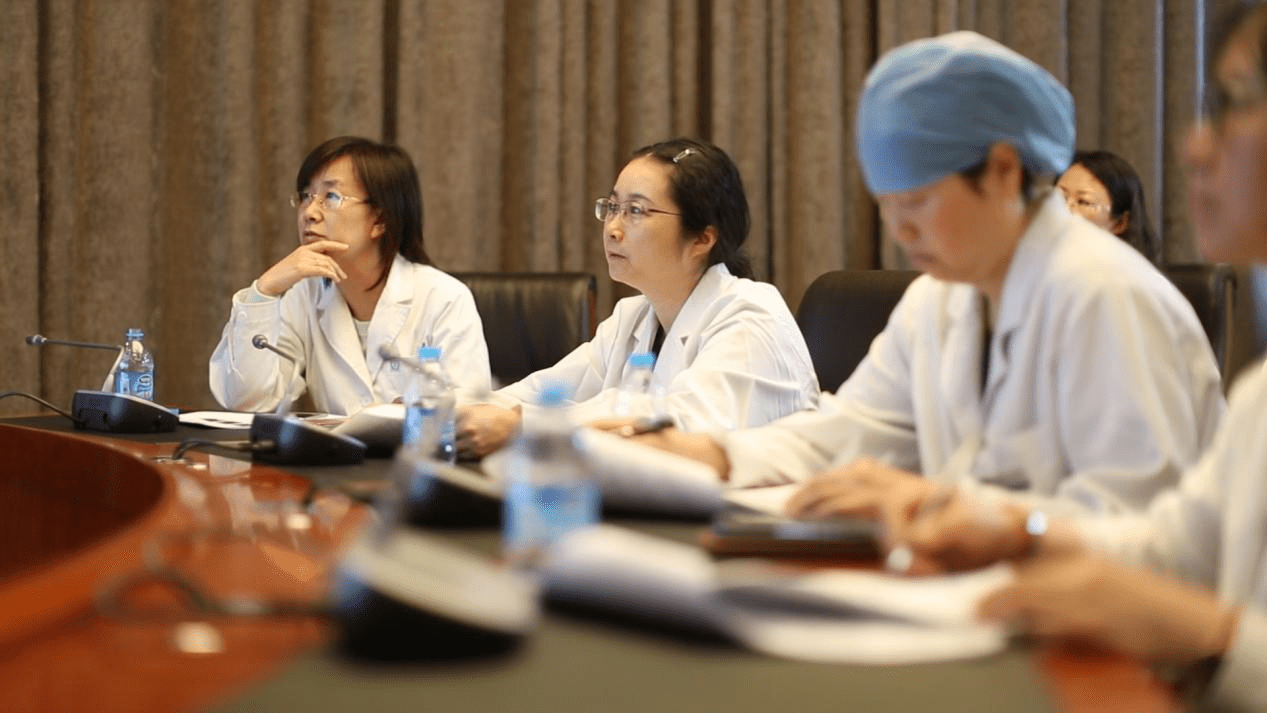 He Yihua’s team is in a remote consultation. Photo courtesy of the interviewee.
He Yihua’s team is in a remote consultation. Photo courtesy of the interviewee.
Source | People’s Daily Health Client
Author | Health Times reporter Zhou Xuejin
Editor | Hu Xin
Read the synopsis: Talking about the current maternal-fetal medical consultation center for fetal heart disease, Yihua He, director of the Beijing Anzhen Hospital’s Maternal-fetal Medical Consultation Center for Cardiology, felt a little emotional: “We see fresh little lives on the screen every day, and we also face many families every day. Worries and troubles. In fact, when a family of children gathered in front of us and asked whether this little life could successfully come to the world, we were wondering whether we could provide the family with more comprehensive and three-dimensional reference information. Of course, only It is not enough to rely on the strength of one department.” “We have a mother exchange group. Yesterday I saw a mother from Qinghai telling her story in the group. She was diagnosed with congenital heart disease in the fetus in early February this year and induced labor locally in mid-to-late March. She blamed herself and kept saying, “If I went to a big city to see it, maybe there would be a turnaround”.” Before the outpatient service of He Yihua at the Cardiology Maternal and Fetal Medical Consultation Center of Beijing Anzhen Hospital, a young prospect who came from Guizhou for treatment Mother Wang Xiaoxiao (pseudonym) said that the baby’s heart development was found to be abnormal during the birth check-up at the local hospital. The doctor suggested that the couple come to Beijing to see Director He for the baby. After speaking, Wang Xiaoxiao touched her belly lovingly with one hand, and tightly grasped her husband’s hand with the other. my country is a populous country and a country with a high incidence of birth defects. According to statistics from the “China Birth Defect Prevention Report 2012”, the incidence of birth defects in my country is about 5.6%. Based on the 16 million births in the country, there are about 900,000 new birth defects every year. “We must have a concept. When the fetus is diagnosed with congenital heart disease, don’t panic.” He Yihua said that in 2011, congenital heart disease accounted for 26.7% of all monitored cases. In the past 10 years, congenital heart disease has consistently ranked first in the incidence of perinatal birth defects among pregnant women in my country, and the proportion of total birth defects is higher than that of other birth defects. “This disease requires detailed classification and evaluation, and some fetuses have good treatment effects and can be self-healed.” Approximately 6 out of every 1,000 newborns suffer from congenital heart disease “People often ask me what is the cause of congenital heart disease. I can only say that there is no one-to-one etiological discovery of congenital heart disease. This is a result of environmental, autoimmune, genetic background, and psychological pressure. Complex results caused by the influence of multiple factors.” Facing the reasons for the rapid growth of congenital heart disease in recent years, He Yihua said, “The environment, autoimmunity, etc. are high-risk factors that lead to congenital heart disease, but the most important It’s the increase in the prenatal detection rate.” Congenital heart disease has a broad spectrum, including hundreds of specific types, and the symptoms vary greatly. Those with the mildest symptoms will have no symptoms for life, and those with severe symptoms will have severe symptoms at birth, such as hypoxia, shock, etc. There are many ways to classify congenital heart disease, which can be divided into structural abnormalities and non-structural abnormalities from the structure; genetic syndromes can be divided into genetic syndromes and non-genetic syndromes. He Yihua introduced that for pregnant women, they may pay more attention to classification based on prognosis. From the prognostic point of view, congenital heart disease can be divided into those with a good prognosis, which do not require surgery or require treatment with a good prognosis; those with a poor prognosis, which can only establish a single mechanism cycle; and those with extremely poor prognosis, often Manifested as malignant arrhythmia, heart failure, etc.
Due to the special physical condition of pregnant women, various examinations during pregnancy are limited. “CT examination is radioactive and cannot be used during pregnancy. The heart rate of the fetus is relatively fast, so the resolution of MRI in the detection of fetal heart is not high. At present, it is the most suitable for prenatal detection of fetal congenital heart disease. The most effective method is ultrasound testing. Taking Anzhen Hospital as an example, the prenatal detection rate of fetal congenital heart disease can reach 96%.”
Generally speaking, for high-risk groups, ultrasound testing can be performed within 15 to 16 weeks of pregnancy, but if you want to see more clearly and make a more accurate diagnosis, 20 to 24 weeks is a better observation window. Similarly, non-high-risk groups can also be observed in more detail during the 20 to 24 weeks of pregnancy.
“In my country, about 6 out of every 1,000 newborns suffer from congenital heart disease. The prevention of congenital heart disease requires a’tertiary prevention’ strategy.”
The first is to remove the cause of primary prevention. As the most direct cause of congenital heart disease cannot be found at present, primary prevention is difficult to achieve, and the effect is not ideal. “Neural tube malformation was ranked first in the entire birth defect disease 15 years ago, but because it has primary prevention measures to remove the cause, such as taking folic acid, the birth defect of neural tube malformation has been greatly reduced. Malformations are only ranked 6th in the incidence of perinatal birth defects in pregnant women.”
The so-called secondary prevention is to make a clear diagnosis before delivery. “At present, secondary prevention mainly relies on ultrasound diagnosis. In fact, ultrasound diagnosis is very effective, almost 100% of the abnormalities in the heart structure can be detected. However, due to problems such as medical equipment and operator experience, the detection results in various regions exist. A certain difference.”
The tertiary prevention is to use various methods to diagnose and treat children who have congenital heart disease early to reduce the harm of congenital heart disease and improve the treatment effect of the child so that the child can recover health as soon as possible.
“In recent years, some scholars have also put forward the concept of’zero-level prevention’, that is, genetic testing before marriage.” He Yihua said, “At present, because of the high complexity of the disease, the complicated pathogenic factors, and the birth treatment The technical requirements are high, and the effects of multiple levels of reasons have led to unsatisfactory prevention effects at all levels.”
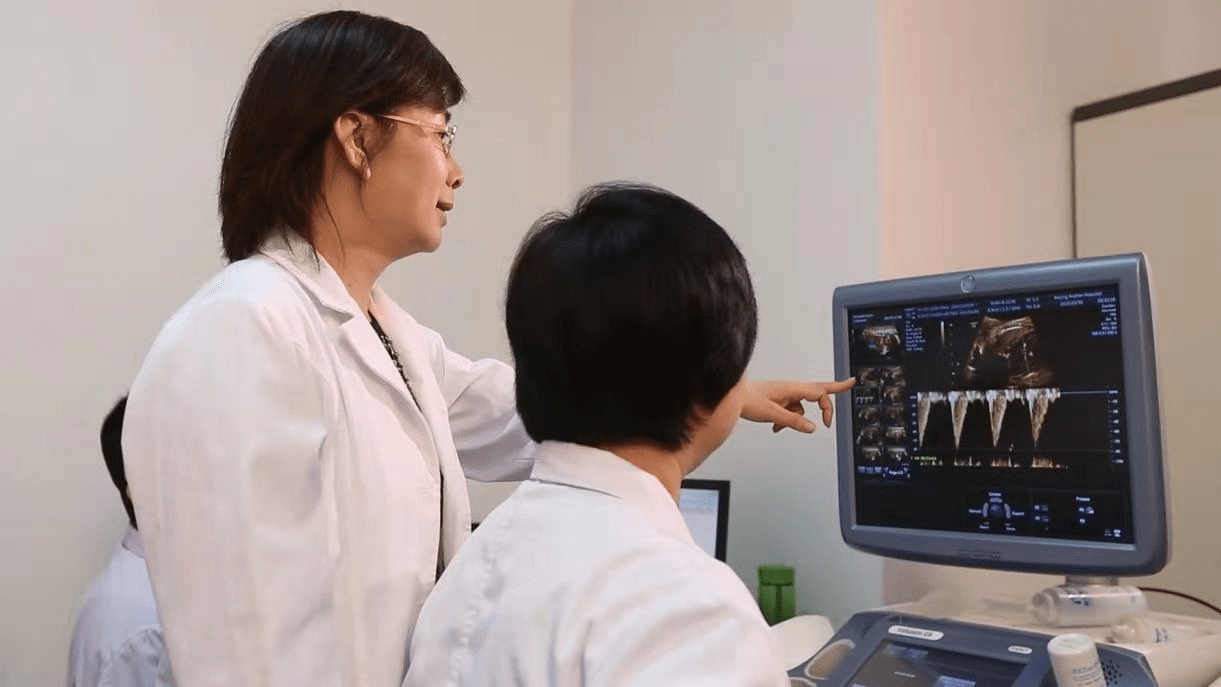 He Yihua is instructing doctors to perform ultrasound diagnosis for pregnant women. Photo courtesy of the interviewee.
He Yihua is instructing doctors to perform ultrasound diagnosis for pregnant women. Photo courtesy of the interviewee.
Interdisciplinary Maternal and Fetal Medical Consultation Center for Fetal Heart Disease
On the eighth floor of the outpatient department of Anzhen Hospital, before eight o’clock, the front door of the fetal heart disease maternal-fetal medical consultation center was full. The people waiting for medical treatment raised their heads, and the eyes on the masks stared at the electronic screen on the wall for fear of missing their names. From time to time, someone would look around the loudspeakers and pace back and forth in the hall.
Every day, people all over the country stand in front of the consultation center with worry but hope.
Speaking of the current Maternal and Fetal Medical Consultation Center for Fetal Heart Disease, He Yihua sighed: “We see fresh little lives on the screen every day, and we also face the worries and distress of many families every day. In fact, being a family member When we surrounded us and asked whether this little life could successfully come to the world, we wondered whether we could provide families with more comprehensive and three-dimensional reference information. Of course, relying only on the strength of a department is far from enough. ”
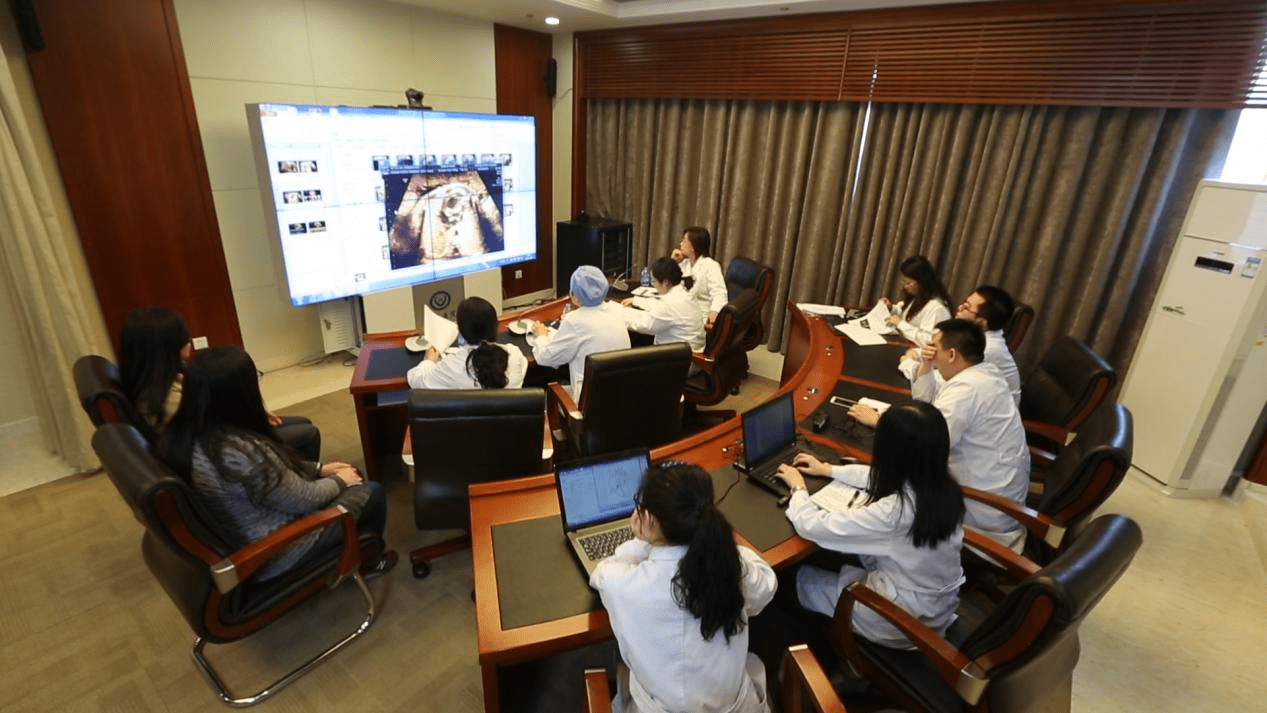 He Yihua’s team is in a remote consultation. Photo courtesy of the interviewee.
He Yihua’s team is in a remote consultation. Photo courtesy of the interviewee.
Beginning in the second half of 2012, He Yihua’s team hired a researcher to conduct a half-year survey among various departments. From six in the morning until five in the afternoon, the investigator will record the information he saw and heard that day, including the information he communicated with the doctor every night.
After communicating with doctors and investigators in various departments for more than half a year, He Yihua has become more aware that whether a child can be born smoothly requires comprehensive evaluation by multiple departments such as gynecology, obstetrics, pediatrics, and pediatric surgery. It requires a combination of imaging, genetic counseling, etc. Multiple materials. After the discussion, not only can provide more decision-making information to the family, but also deepen the mutual understanding and communication between various disciplines. To explore and solve the same problem, you can also run in more tacit understanding between the teams.
“We must do our best to break through the barriers between congenital heart disease prevention, screening, diagnosis and treatment, and let doctors in this logical chain have a cross-perspective macro-thinking, knowing the’upstream’ and “Downstream” does not stick to the cross-section of a single subject.” He Yihua said, “I and the hospital leaders applied for the establishment of a consultation center, and they are very supportive. Now our consultation center has developed into an interdisciplinary comprehensive consultation center.” Since 2013 Since the establishment of the Maternal and Fetal Medical Consultation Center for Fetal Cardiology in 1999, it has provided diagnosis and treatment services for over 40,000 patients.
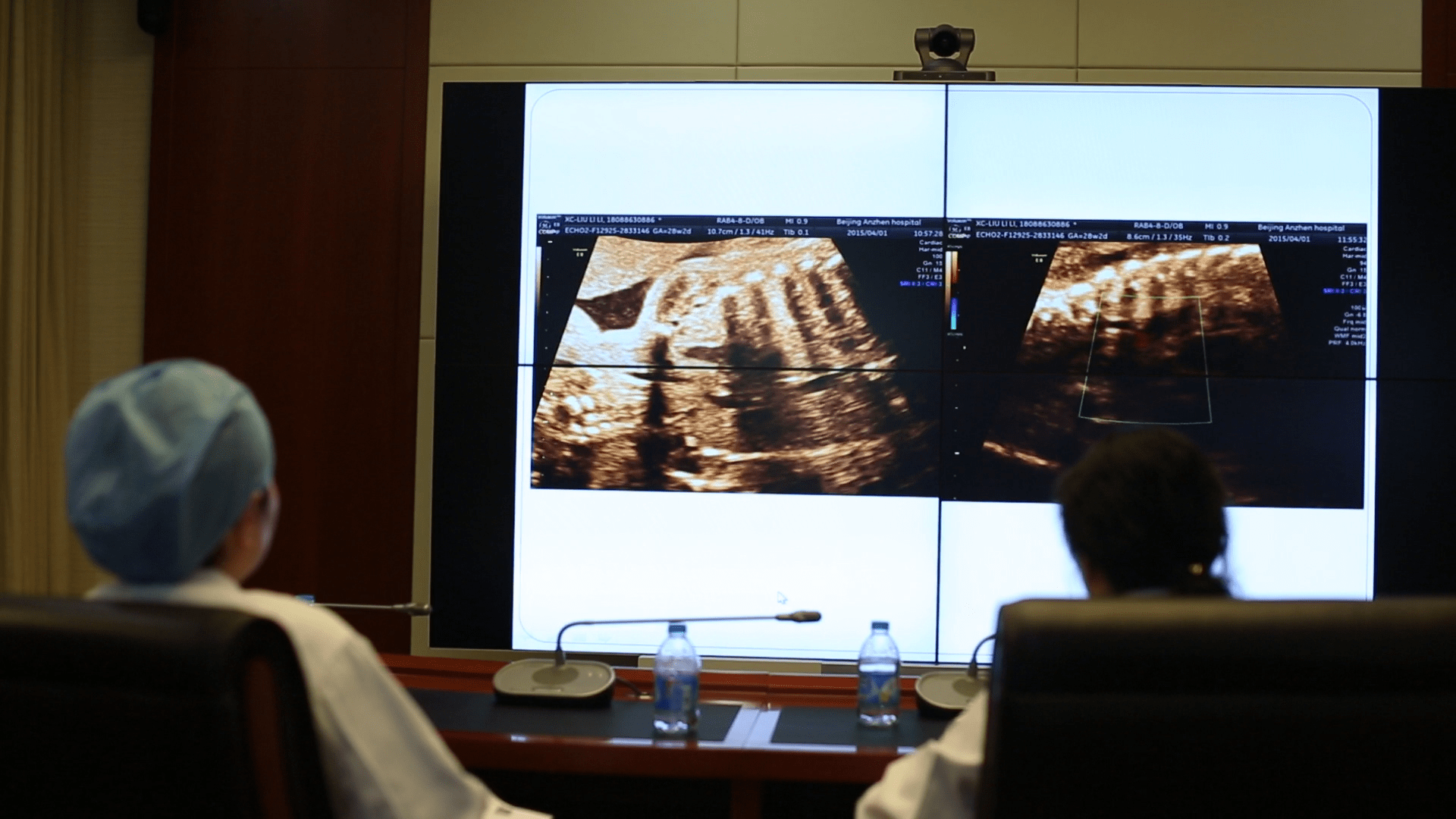 He Yihua’s team is in a remote consultation. Photo courtesy of the interviewee.
He Yihua’s team is in a remote consultation. Photo courtesy of the interviewee.
“Artificial Intelligence + Remote Network Technology” Solve the Problem of Imbalance between Supply and Demand in Primary Medical Care
“Compared to the number of fetus groups that need to be checked, there are still too few doctors with high diagnostic levels.” He Yihua said, “However, we now also provide a set of corresponding solutions, which is’artificial intelligence + remote network technology’. .”
At this stage, there are still gaps in medical resources between my country’s regions and between urban and rural areas. Many grassroots areas are restricted by technical equipment, personnel experience and other reasons, and cannot provide local pregnant women with medical services and medical advice comparable to those in major cities. According to a report from the Central Broadcasting Corporation, some provinces and cities have not included the free pre-pregnancy health check and other work funds into the financial budgets at all levels or the budget is small, resulting in a low level of intervention for birth defects. In some provinces, the pre-pregnancy check-up rate in rural areas is less than 25%.
Hospitals in Beijing, Shanghai, Guangzhou and Shenzhen or some other eastern coastal areas have a high level of diagnosis, but there is still a major problem of imbalance between supply and demand in terms of the annual demand for fetal heart examinations.
He Yihua introduced that artificial intelligence screening technology is still being used within a certain range. Doctors and patients in various regions can input relevant medical data and information into the corresponding technical background to understand whether the prognosis of the fetus is good. In addition, it can also pass The corresponding equipment performs the diagnosis of fetal congenital heart disease. At this stage, the accuracy rate of artificial intelligence screening has reached 87%, which is higher than the average detection level of 43% in Europe and the United States. “Of course, we do not regard technology as the’gold standard’, but supplement it with manual review. We are still strengthening collaboration and learning in human-computer interaction.”
The consultation center has formed a remote collaboration network with nearly 200 hospitals across the country. Realize the interconnection and data sharing between cooperative hospitals through remote network technology. On the large smart screen of the consultation center, ultrasound diagnostic images of fetuses in collaborative hospitals can be synchronized. Local doctors can communicate with the consultation center through the remote network at any time when they encounter doubts.
“Artificial intelligence and remote networks can be collectively referred to as’appropriate technologies at the grassroots level.’ For us, we want to sink high-quality medical resources and medical services to the grassroots. Through these grassroots accessible technologies, the broadest Demand groups.”
 He Yihua’s team is in a remote consultation. Photo courtesy of the interviewee.
He Yihua’s team is in a remote consultation. Photo courtesy of the interviewee.
Learn to tolerate, life is a miracle
Years of life in diagnosing fetal congenital heart disease also made He Yihua and her team think about a question: What perspective should we look at imperfect life.
“Some fetuses can be treated similarly to normal children after birth, but many parents are pursuing the “perfection” of their children. No matter how much work we do, it will not help. Of course, each family’s expectations and economic conditions are different. We also understand.”
“Parents will worry about the pressure that their children will face in their future work and life, the incomprehensible vision of others, and even the mockery of their children’s defects. In fact, each of us is’imperfect’, and there are known or unknowable defects. The most important thing is how we view “Imperfect Life” and “Imperfect Life”.”
There is a movie called “Miracle Boy”, which tells the inspirational story of Ogi, a boy born with facial defects. Augie was taught at home by his parents because of facial defects. In the fifth grade, he was given the opportunity to study in a regular school. Ogi, who was new to school, was ridiculed and bullied by his classmates because of his looks, but with the help of his father, mother, sister, teacher and friends, he finally found confidence and used his actions to change the views of others.
“I know that there is a ‘8772’ band composed of patients with rare diseases in Beijing. These children get together because of rare diseases but love music. They have released albums and held their own concerts. I think these A child just changed a window to look at the world. They are very sunny and have their own stable happiness.”
“Perhaps, for you and me, if you learn to be tolerant, life is a miracle.” He Yihua’s face was firm, her eyes gleaming.


























































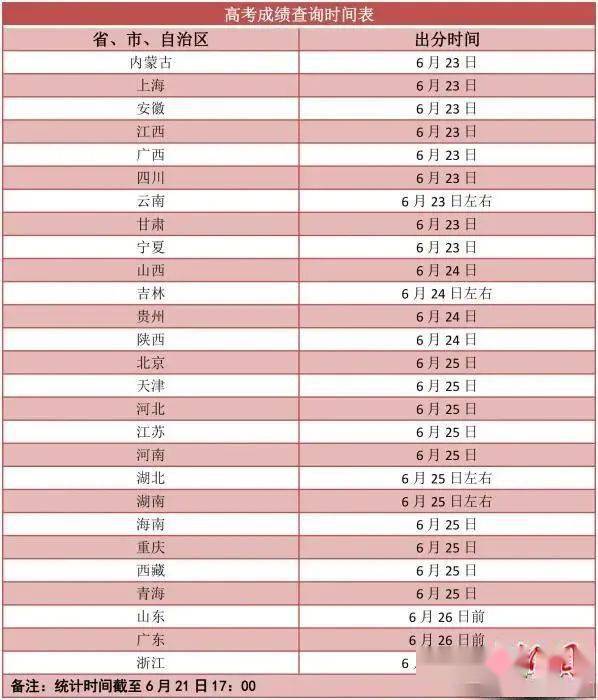



You must log in to post a comment.